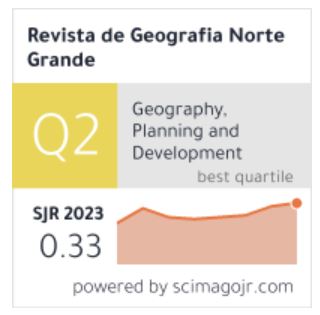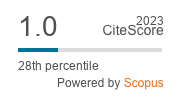Gentrificación en Madrid: de la burbuja a la crisis
DOI:
https://doi.org/10.4067/S0718-34022014000200005Keywords:
Gentrification, Madrid, crisis, urban segregation, public policyAbstract
In parallel with the urban boom that occurred in Madrid during the decade from 1997-2007, gentrification increased in the downtown areas of Madrid. This article describes this phenomenon in three distinct neighborhoods in downtown Madrid: Malasaña, Chueca and Lavapiés; providing evidence from the study of changes in demographic structure, primarily, but also changes in commerce and real estate. Analysis shows that there has indeed been a profand urban transformation over the last 15 years, and that gentrification in downtown Madrid has been consolidated, albeit with certain peculiarities and ambivalences. The study is accompanied by a reflection on the new ideological trends in urban planning and public policy, which have deployed mechanisms, both discursive and legal, that are contributing to the processes of gentrification, which today rely on regeneration and rehabilitation as a new production niche. Finaly, we take into account the current economic crisis and social context, in order to propose a few hypotheses on the future of gentrification in the city, its intensification and resistance






